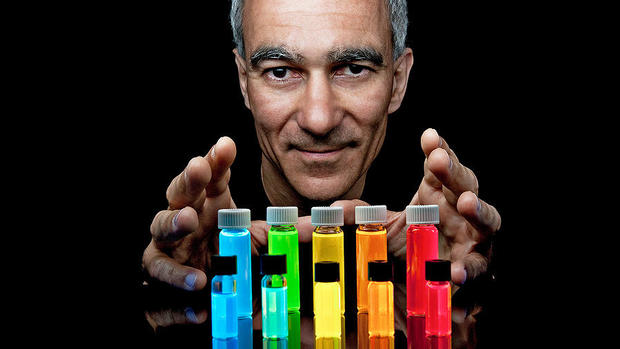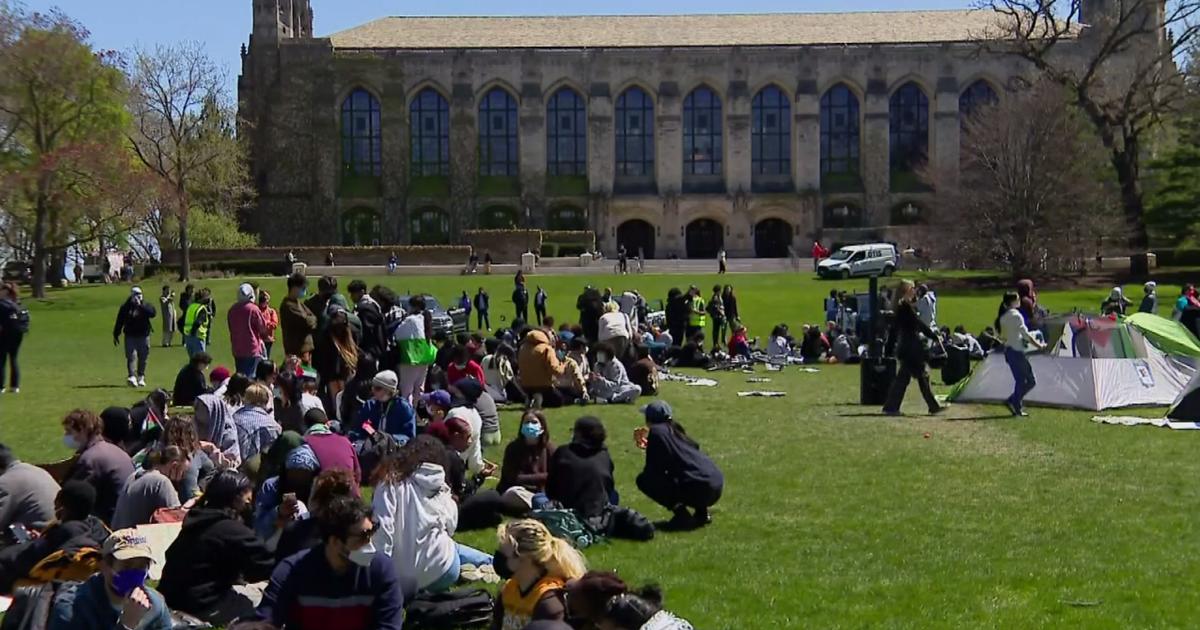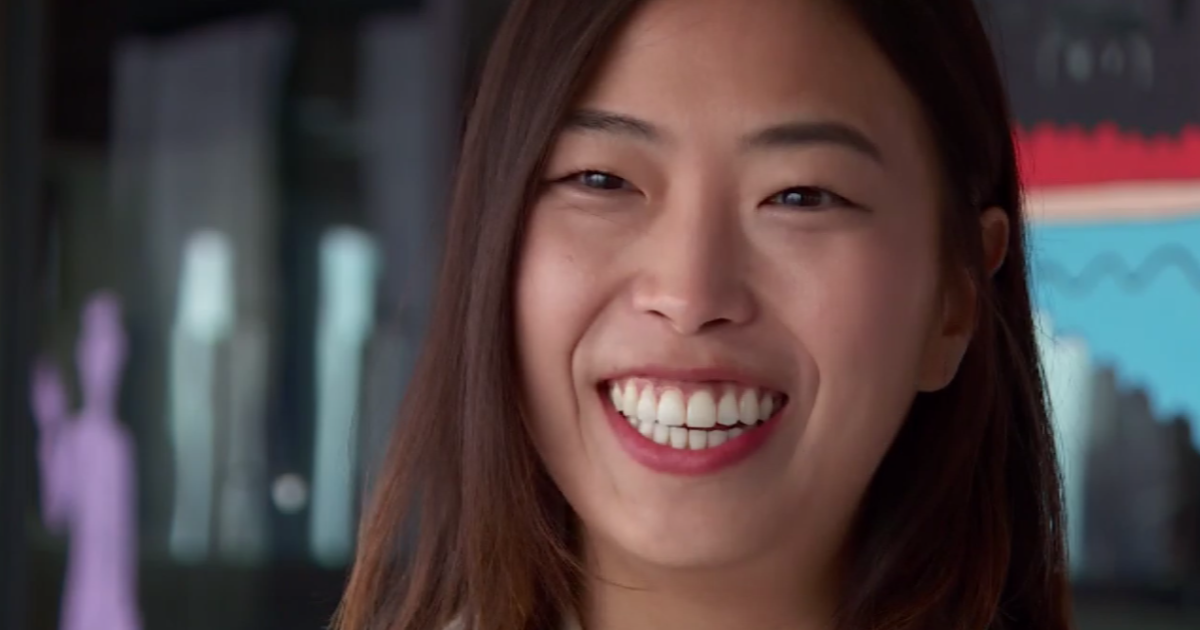University of Chicago alum Moungi Bawendi shares Nobel Prize in Chemistry for work on quantum dots
STOCKHOLM (CBS Chicago/CBS Boston/AP) -- University of Chicago alum Moungi Bawendi was one of three scientists who won the 2023 Nobel Prize in Chemistry Wednesday for their work on minuscule particles called quantum dots.
Bawendi received his Ph.D. from UChicago in 1988, and now serves as the Lester Wolfe Professor of Chemistry at MIT. He won the award along with Louis Brus, of Columbia University, and Alexei Ekimov, of Nanocrystals Technology Inc.
They were honored for their work with the nanosized particles – which can release very bright-colored light and are used in electronics and medical imaging.
"These tiny particles have unique properties and now spread their light from television screens and LED lamps. They catalyze chemical reactions and their clear light can illuminate tumor tissue for a surgeon," said the Royal Swedish Academy of Sciences, which announced the award in Stockholm.
Bawendi told a news conference that he was "very surprised, sleepy, shocked, unexpected, and very honored."
Bawendi is among the 98 scholars associated with the University of Chicago to receive a Nobel Prize, the university noted.
Quantum dots are tiny inorganic particles that glow a range of colors from red to blue when exposed to light. They are so small that their properties are determined by the laws of quantum mechanics, the U of C said.
The color they emit depends upon the size of the particle.
Scientists can engineer the dots from materials that include gold to graphene to cadmium, and create their color by controlling their size. The tiniest particles, in which electrons are most tightly confined, emit blue light. Slightly larger particles, in which electrons bounce around a longer wavelength, emit red light.
Chemists sometimes compare the size of the particle itself to a confining box.
The underlying "particle in a box" theory of quantum mechanics was first described nearly a century ago. But it wasn't until several decades later that scientists could manufacture quantum dots in a lab.
Ekimov, 78, and Brus, 80, are early pioneers of quantum dot technology, while Bawendi, 62, is credited with revolutionizing the production of quantum dots in 1993, "resulting in almost perfect particles. This high quality was necessary for them to be utilized in applications," the academy said.
"At the time it was really to understand the physics of the material—we needed really good samples to understand the physics, but I had no idea this would become what it is today," Bawendi was quoted. "Over the years, you know, many of us in the field kept thinking, "When is this going to end?" But the field just keeps on giving, and it's been really amazing to see that."
Bawendi and his team invented single quantum dot spectroscopy, and also demonstrated numerous uses for quantum dots – from lasers and electroluminescence to biomedical imaging, the U of C said.
University of Chicago President Paul Alivisatos, himself a nanotechnology bioengineer, worked with both Bawendi and Brus at Bell Laboratories in the 1980s on the research on quantum dots.
"The field of nanoscience and quantum engineering is one of the most fascinating and promising areas of contemporary science, and it's a joy for me to see the beautiful field of quantum dot research recognized today with the Nobel," Alivisatos – who is also the John D. MacArthur Distinguished Service Professor in the Department of Chemistry at UChicago, said in a UChicago news release. "It is doubly wonderful that my mentor, Louis Brus, and longtime fellow quantum dot researcher and UChicago alum, Moungi Bawendi, are being recognized."
Bawendi received his A.B. in 1982 from Harvard University. As a UChicago grad student, he worked on polymer theory with Karl Freed – now the Henry G. Gale Distinguished Service Professor Emeritus in Chemistry at the U of C – and also worked on experiments in molecular ion spectroscopy with Takeshi Oka – now the Robert A. Millikan Distinguished Service Professor Emeritus in Astronomy and Astrophysics and Chemistry," the U of C said.
After getting his Ph.D. from the U of C, Bawendi spent two years working with Brus as a postdoctoral researcher at Bell Laboratories – and then joined the faculty at MIT in 1990, the U of C said. He became an associate professor at MIT in 1995, and a professor in 1996, the U of C said.
In a highly unusual turn of events, Swedish media reported the names of the winners before the prize was announced.
The Royal Swedish Academy of Sciences, which awards the physics, chemistry and economics prizes, asks for nominations a year in advance from thousands of university professors and other scholars around the world.
A committee for each prize then discusses candidates in a series of meetings throughout the year. At the end of the process, the committee presents one or more proposals to the full academy for a vote. The deliberations, including the names of nominees other than the winners, are kept confidential for 50 years.




